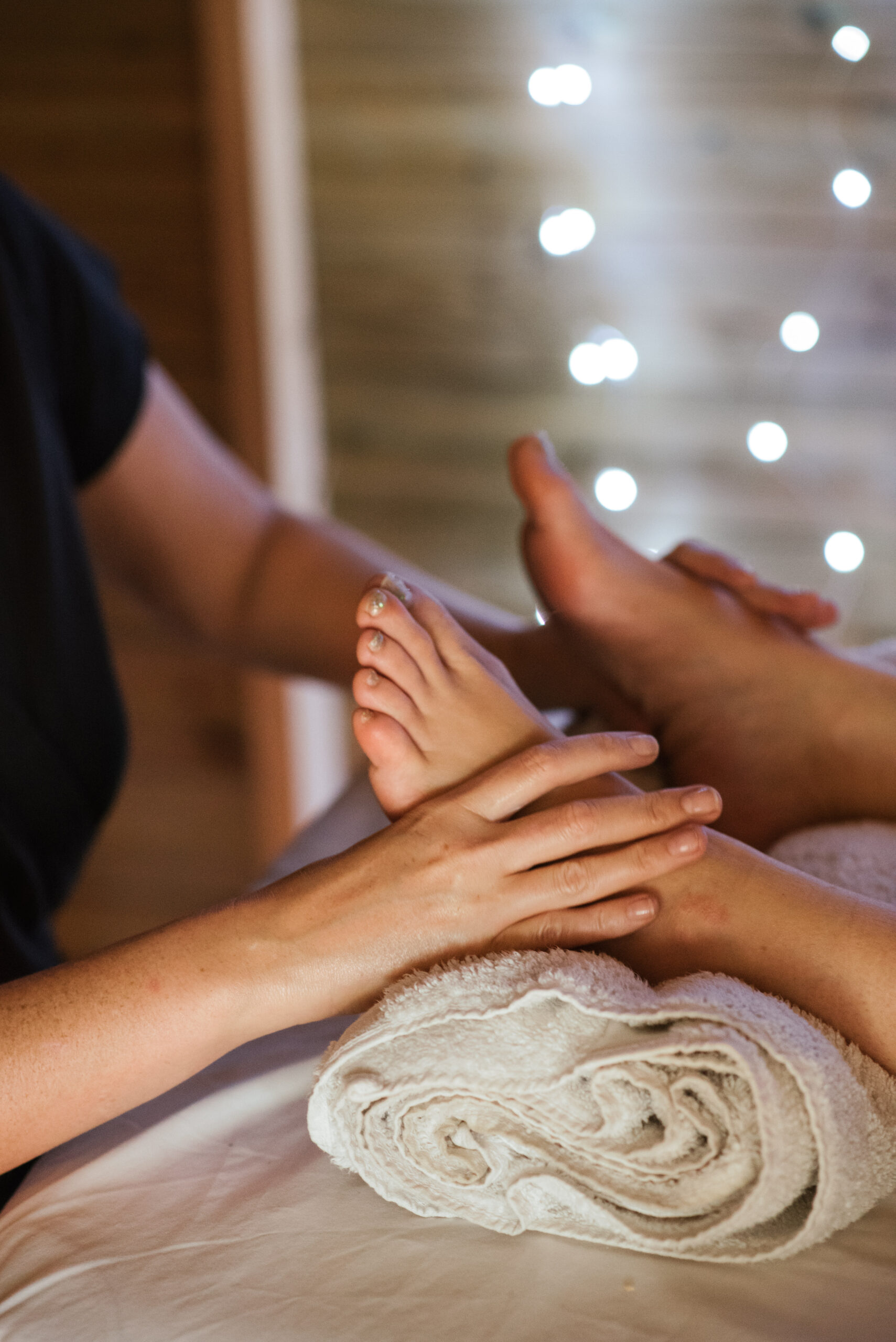What is rehabilitation after a stroke?
Title: Understanding Rehabilitation after a Stroke: A Journey towards Recovery
Introduction:
A stroke is a life-altering event that can have a profound impact on a person’s physical, emotional, and cognitive well-being. While the road to recovery may seem daunting, there is hope in the form of rehabilitation. Rehabilitation after a stroke plays a vital role in enabling individuals to regain independence, improve their quality of life, and reintegrate into their daily routines. In this blog, we will explore what rehabilitation after a stroke entails and how it can help individuals reclaim their lives.
Understanding Stroke Rehabilitation:
Stroke rehabilitation is a comprehensive and multidisciplinary approach aimed at maximizing recovery and restoring the functioning of various affected areas, such as mobility, speech, and cognition. The rehabilitation process typically begins as soon as the patient is stable and continues throughout their recovery journey. The primary goal of rehabilitation is to help individuals regain skills and abilities that have been impaired or lost due to the stroke.
The Rehabilitation Team:
Stroke rehabilitation involves a collaborative effort between healthcare professionals, including physiatrists, physical therapists, occupational therapists, speech-language pathologists, and psychologists. This multidisciplinary team works together to address the diverse needs of stroke survivors and develop an individualized rehabilitation plan.
Physical Rehabilitation:
Physical rehabilitation focuses on improving muscle strength, coordination, balance, and overall mobility. Physiatrists and physical therapists employ a variety of techniques, such as exercises, stretching, and assistive devices, to help individuals regain their ability to walk, improve their balance, and perform daily activities independently.
Occupational Rehabilitation:
Occupational rehabilitation aims to assist stroke survivors in regaining independence in their daily activities, such as dressing, bathing, eating, and grooming. Occupational therapists focus on adapting tasks and environments, providing assistive devices, and teaching compensatory techniques to promote functional independence.
Speech and Language Rehabilitation:
Speech and language therapy is an integral part of stroke rehabilitation, especially for individuals experiencing difficulty with speech, swallowing, and communication. Speech-language pathologists work with stroke survivors to improve their speech articulation, language comprehension, and swallowing abilities. They may also employ alternative communication methods, such as augmentative and alternative communication (AAC) devices, if necessary.
Cognitive Rehabilitation:
Stroke can lead to cognitive impairments, including memory problems, attention deficits, and difficulties with problem-solving and decision-making. Neuropsychologists and cognitive therapists work with stroke survivors to create strategies and exercises that enhance cognitive skills, compensate for deficits, and promote cognitive recovery.
Psychological and Emotional Rehabilitation:
The emotional impact of a stroke can be overwhelming for both stroke survivors and their loved ones. Rehabilitation also encompasses psychological support to address the emotional challenges that may arise. Psychologists and counselors provide counseling, coping strategies, and support groups to help individuals navigate the emotional roller coaster and foster mental well-being throughout the recovery process.
The Importance of Continuity:
Stroke rehabilitation is not a quick fix but a journey that requires dedication, perseverance, and patience. The duration of rehabilitation varies from person to person, depending on the severity of the stroke, individual progress, and specific goals. The continuity of care and ongoing support play a crucial role in achieving optimal outcomes. It is important to maintain regular follow-up appointments and adhere to the recommended home exercises and therapy sessions.
Conclusion:
Rehabilitation after a stroke opens doors to recovery, empowering individuals to regain their independence, improve their quality of life, and reintegrate into society. Through a multidisciplinary approach, stroke survivors can work alongside dedicated healthcare professionals to rebuild physical strength, cognitive abilities, and emotional well-being. The path to recovery may be challenging, but with determination, support, and the right rehabilitation program, stroke survivors can embark on a journey of healing, hope, and newfound possibilities.



